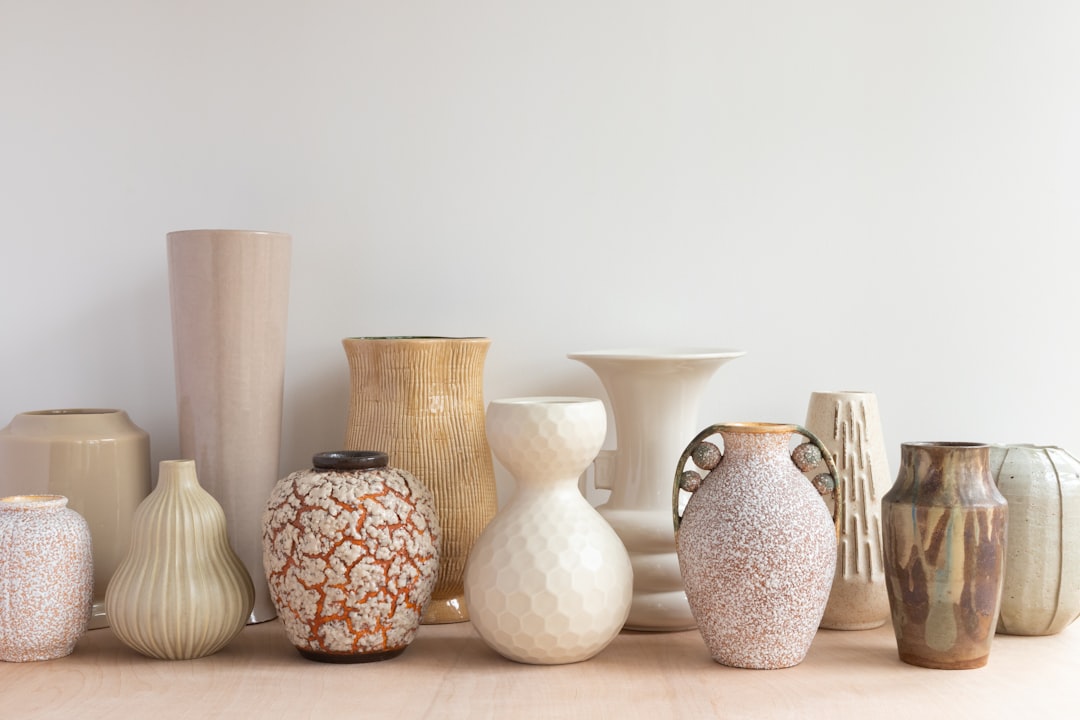The bronze cow sculpture, aptly titled "Ag Crú na Gréine" or "Enjoying the Sun," was indeed a beloved feature of Wolfe Tone Park in Dublin. Crafted by Jackie McKenna, the life-sized cow was particularly popular with children who would often climb and play on it.
The relocation of the sculpture to Wood Quay in 2020 was intended to be temporary, while Wolfe Tone Park underwent a significant redevelopment project. However, years later, the cow remains at Wood Quay, tucked away and out of sight. This has caused disappointment among many locals, especially those with young children who fondly remember the cow as a part of their childhood experiences in the park.
The redevelopment of Wolfe Tone Park, which was completed in two phases between 2020 and 2023, has transformed the space significantly.
In 2016, the park was a simple green space with some mature trees and a central lawn. Today, it boasts a more structured design with a new feature lawn, additional seating areas, and improved lighting. Notably, despite earlier plans, the redevelopment did not include a playground, which has been a point of contention for some, especially families with young children. The historical significance of the park as a former graveyard is also more prominently acknowledged, with information panels and a respectful layout.
Public opinion on the redevelopment is divided. Many welcome the upgraded facilities and the more polished appearance of the park. However, others lament the loss of the park's former simplicity and the removal of some of the mature trees. The absence of the bronze cow and the lack of a playground are also common complaints, with many feeling that these elements added a unique and playful dimension to the park that is now missing.
In conclusion, the bronze cow sculpture holds a special place in the hearts of many Dubliners. Its continued absence from Wolfe Tone Park, along with the lack of a playground, is a source of disappointment for some, who feel that their return would restore beloved pieces of the park's identity. While the park's redevelopment has undoubtedly brought improvements, the loss of these elements serves as a reminder of the delicate balance between modernisation and the preservation of cherished features in public spaces.
The relocation of the sculpture to Wood Quay in 2020 was intended to be temporary, while Wolfe Tone Park underwent a significant redevelopment project. However, years later, the cow remains at Wood Quay, tucked away and out of sight. This has caused disappointment among many locals, especially those with young children who fondly remember the cow as a part of their childhood experiences in the park.
The redevelopment of Wolfe Tone Park, which was completed in two phases between 2020 and 2023, has transformed the space significantly.
In 2016, the park was a simple green space with some mature trees and a central lawn. Today, it boasts a more structured design with a new feature lawn, additional seating areas, and improved lighting. Notably, despite earlier plans, the redevelopment did not include a playground, which has been a point of contention for some, especially families with young children. The historical significance of the park as a former graveyard is also more prominently acknowledged, with information panels and a respectful layout.
Public opinion on the redevelopment is divided. Many welcome the upgraded facilities and the more polished appearance of the park. However, others lament the loss of the park's former simplicity and the removal of some of the mature trees. The absence of the bronze cow and the lack of a playground are also common complaints, with many feeling that these elements added a unique and playful dimension to the park that is now missing.
In conclusion, the bronze cow sculpture holds a special place in the hearts of many Dubliners. Its continued absence from Wolfe Tone Park, along with the lack of a playground, is a source of disappointment for some, who feel that their return would restore beloved pieces of the park's identity. While the park's redevelopment has undoubtedly brought improvements, the loss of these elements serves as a reminder of the delicate balance between modernisation and the preservation of cherished features in public spaces.
Apples and Atoms, a sculpture by Eilis O'Connell, is a notable piece of public art on the Trinity College Dublin campus. Installed in 2017, it stands as a tribute to Ernest Walton, the renowned Irish physicist and Nobel laureate.
The sculpture is a dynamic and intriguing representation of Walton's groundbreaking work in splitting the atom. It features two large, polished bronze spheres interconnected by a network of smaller spheres and rods. The larger spheres symbolise the atom, while the smaller ones represent the subatomic particles released upon splitting. The arrangement of the spheres and rods suggests the complex and interconnected nature of the universe, while the reflective surfaces create a sense of movement and energy.
O'Connell's choice of materials and form is deliberate. The bronze, a traditional material used in sculpture, evokes a sense of permanence and significance, befitting a tribute to a scientific pioneer. The smooth, polished surfaces of the spheres contrast with the rough texture of the rods, creating a visual and tactile tension that mirrors the forces at play within the atom.
The sculpture's location on the Trinity campus is also significant. It stands near the Fitzgerald Building, which houses the School of Physics, where Walton conducted his groundbreaking research. This proximity reinforces the connection between the sculpture and Walton's legacy, inviting viewers to reflect on the profound impact of his discoveries.
Apples and Atoms is not merely a static monument; it is an interactive piece of art. Viewers are encouraged to touch and explore the sculpture, experiencing its tactile qualities and engaging with its intricate structure. This tactile engagement fosters a deeper understanding of the scientific principles that the sculpture represents.
O'Connell's sculpture has been well-received by the Trinity community and the wider public. It has become a popular meeting spot and a landmark on campus, sparking conversations about science, art, and the interconnectedness of knowledge. Apples and Atoms stands as a testament to Ernest Walton's enduring legacy and the power of art to inspire and illuminate.
The sculpture is a dynamic and intriguing representation of Walton's groundbreaking work in splitting the atom. It features two large, polished bronze spheres interconnected by a network of smaller spheres and rods. The larger spheres symbolise the atom, while the smaller ones represent the subatomic particles released upon splitting. The arrangement of the spheres and rods suggests the complex and interconnected nature of the universe, while the reflective surfaces create a sense of movement and energy.
O'Connell's choice of materials and form is deliberate. The bronze, a traditional material used in sculpture, evokes a sense of permanence and significance, befitting a tribute to a scientific pioneer. The smooth, polished surfaces of the spheres contrast with the rough texture of the rods, creating a visual and tactile tension that mirrors the forces at play within the atom.
The sculpture's location on the Trinity campus is also significant. It stands near the Fitzgerald Building, which houses the School of Physics, where Walton conducted his groundbreaking research. This proximity reinforces the connection between the sculpture and Walton's legacy, inviting viewers to reflect on the profound impact of his discoveries.
Apples and Atoms is not merely a static monument; it is an interactive piece of art. Viewers are encouraged to touch and explore the sculpture, experiencing its tactile qualities and engaging with its intricate structure. This tactile engagement fosters a deeper understanding of the scientific principles that the sculpture represents.
O'Connell's sculpture has been well-received by the Trinity community and the wider public. It has become a popular meeting spot and a landmark on campus, sparking conversations about science, art, and the interconnectedness of knowledge. Apples and Atoms stands as a testament to Ernest Walton's enduring legacy and the power of art to inspire and illuminate.
Commercial Disclosure
You will find links to buy products from Amazon, Google and other partners. If you click on these links, you’ll find that the URL includes a small extra piece of text which identifies that the click came from my websites. This text is an affiliate code, and it means that I get a small percentage of the money you spend if you choose to buy that product, or, in some cases, other products from the site soon after. These affiliate links help pay the costs of producing my websites and ensure that the content is free to you.




